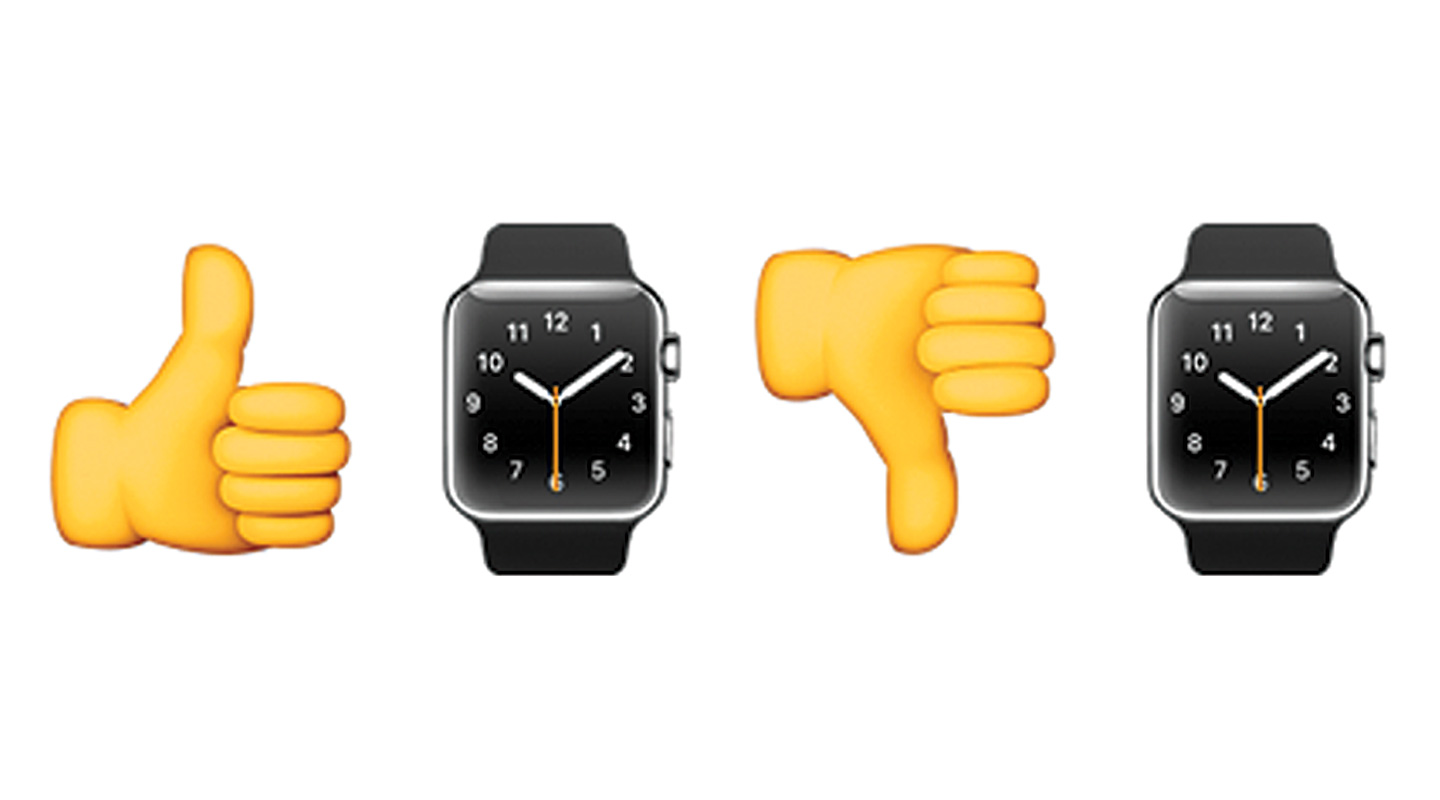Dear readers, With the launch of e-newsletter CUHK in Focus, CUHKUPDates has retired and this site will no longer be updated. To stay abreast of the University’s latest news, please go to https://focus.cuhk.edu.hk. Thank you.
Aren’t We All Egyptians?

At the top of the page is what the first sentence of Charles Dickens’s A Tale of Two Cities— ‘It was the best of times, it was the worst of times.’—would look like in emoji. Not hard to compose, eh? Many of our friends and acquaintances compose more eloquent expressions using emoji every day.
Emoji have taken hold in our language and become indispensable lexicons in our daily communication. The pictograms were first used in Japanese mobile phones in the 1990s (e means pictures and moji means characters in Japanese). Apple’s later adoption made them a worldwide phenomenon. They may be too numerous to take up residence on our keyboard or keypad, but most computers, cell phones and mobile devices put an arsenal of them at our disposal. The Unicode Consortium is a non-profit organization which set out to standardize the encoding of texts in software and interfaces. As of June 2017, 2,666 emoji were listed in their Unicode 10.0.
If you want to look up an emoji, you can always consult an emojiry, or dictionary, of the ever increasing family of pictograms. The entries are not arranged alphabetically but grouped into categories such as emotions, people, gestures, activity, etc.
Avid learners can also consult emojipedia.org, a website started by Jeremy Burge in 2013 to document the changes to emoji and their meanings in the Unicode Standard.
As the etymology shows, the word emoji has nothing to do with emotions, but emoticon does. The smiley may be the first emoticon. In fact, because of their pictographical nature, emoji are handy tools to add or emphasize the texter’s emotional states. As Vyvyan Evans has demonstrated in his new book The Emoji Code: How Smiley Faces, Love Hearts and Thumbs Up are Changing the Way We Communicate (Michael O’Mara, 2017), emoji serve at least six linguistic functions one of which is ‘reinforcement’, achieved by repeating the same symbol to connote the intensity of the relevant emotion.
Just as we admire the Egyptian hieroglyphs of cats and birds, future generations of linguists may likewise find inspiration and amazement in our smileys, thumbs and champagne glasses. They may or may not instantly crack the emoji coding at the bottom of the page which is another famous first sentence in world literature.

TC
(Click here for the answer) ‘All happy families are alike; each unhappy family is unhappy in its own way.’
(Tolstoy, Anna Karenina)
This article was originally published in No. 505, Newsletter in Oct 2017.